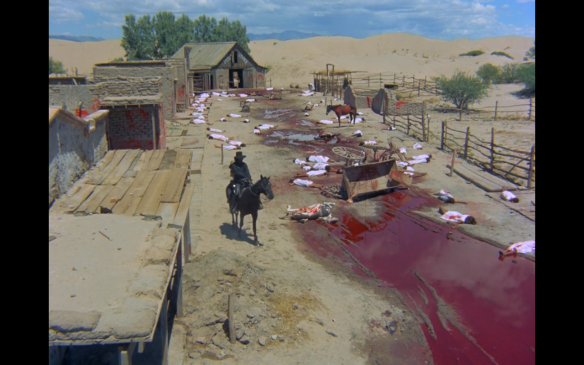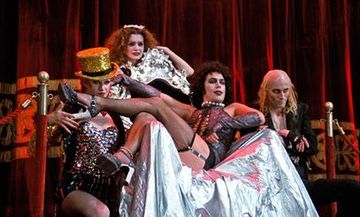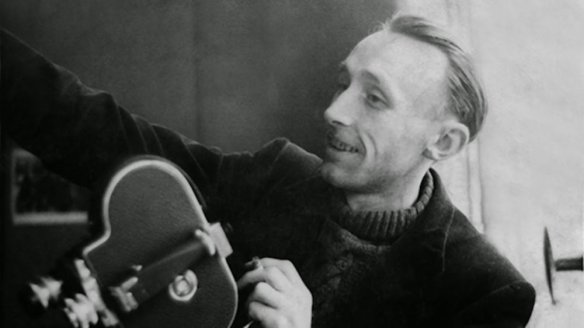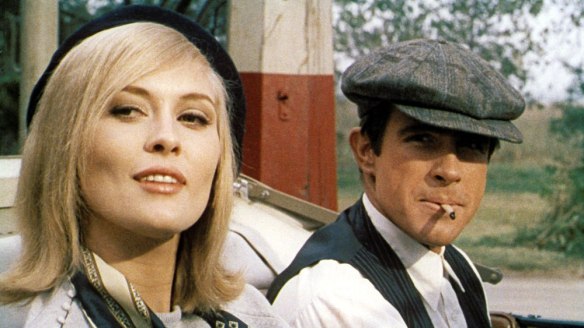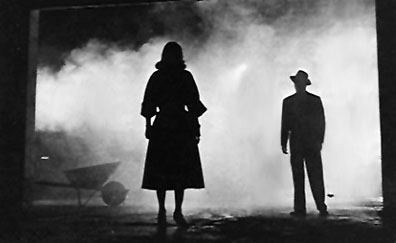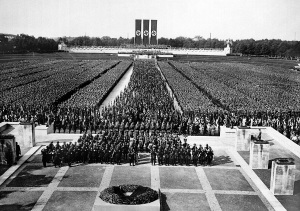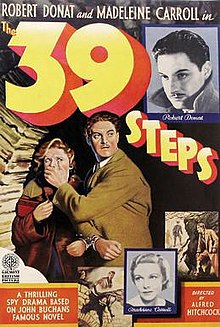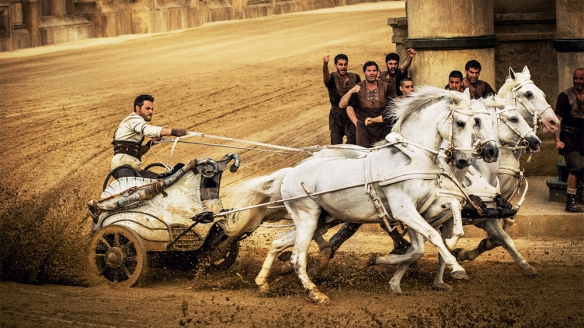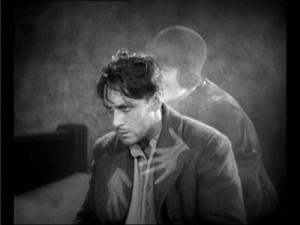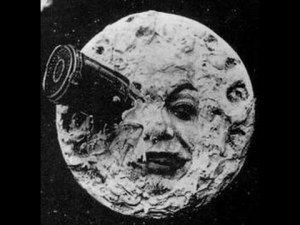This week’s screening of Run Lola Run, a Tom Tykwer film from 1998, was my favorite of the whole semester. As a matter of fact, right after class ended on the night we watched it, I went online and ordered a copy in my mom’s name, because that’s how much I want her to watch it, and because that’s how confident I am the she will say “I have to own this movie” immediately after seeing it. She absolutely loves movies like Mr. Nobody and The Butterfly Effect, so this film is sure to engage her mind, as well as anyone else in the room who’s paying attention.
The film is all about the illusion of free will and how every move we make effects the path we choose. Even the smallest little things are enough to distract us, or maybe point us further towards our goal, but we would never know unless we were able to see all of the different possible outcomes, like we can with Lola. The film also delves deep into the seeming relationship between chance and purposeful action when Lola is able to overcome almost every obstacle in her way due to the driving force of love for her boyfriend Manni.

Manni, needing one hundred thousand German marks in twenty minutes to pay off a mob debt, is in the worst situation imaginable, and without Lola’s intuition for weighing out her options, Manni would be dead in all realities instead of just the one. The film obviously places a particular focus on time and how it is either spent or wasted, but the imagery of clocks throughout the film does a fantastic job of keeping the audience on the edge of their seat as they try to connect the dots between different timelines.
Run Lola Run is representative of a new type of Germany, one that wishes to re-brand itself and find new ways of expressing it’s values. Barbara Kosta said in her article Run Lola Run and the Usual Suspects: The Avant-Garde, Popular Culture, and History that Tykwer’s film had a different aura to it. She raised the point that it seemed like a German art film made with all the “pizzazz” that you would find in a Hollywood production. The movie is full of fast cuts, fun cinematography tricks, and a story structure that locks in attention and doesn’t give you time for questions. In this article, Kosta quotes an interview with Tykwer in which he says “I did not want one moment in the film that was motivated by dramaturgy, but rather directness and spontaneity”, and I strongly agree that he has achieved this goal. The plot is actually not a huge part of the film, and only serves as an outline to explain why the characters are doing what they are doing and why we as an audience should care. By giving context to the characters actions, it makes the audience more likely to empathize with a character, and ultimately feel some sort of emotion when something happens to that character within the story.
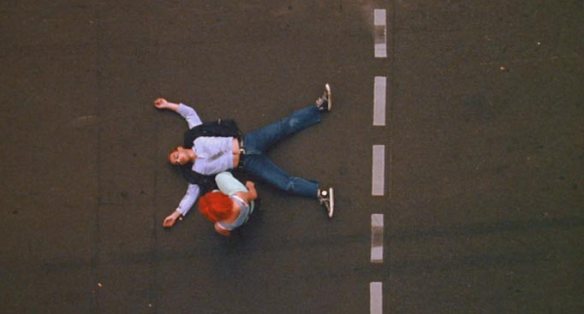
Widening the focus and expanding upon that concept, that is what has made the history of film such a long and rich one throughout the entirety of the twentieth century, and now continuing nineteen years into the twenty first century. As we wrap up this course and review how far we have come as an intelligent global society, it is impossible to not be amazed by the decades upon decades of continuous and ever-changing technological advancements.
Starting with the silent era of the twenties and before during week one, we learned that some of the best stories to ever be told were produced for the big screen in the very formative years of film-making. The best of the best were able to rely on the sheer physical talent of their actors, being that the introduction of sound had yet to weigh down the production crew, more effort went into the showmanship of gestures and physically demanding routines. We watched Sunrise that week, an F.W. Murnau classic, in which we focused more heavily on things like the mise-en-scene, the lighting techniques, and the personalities of the characters.
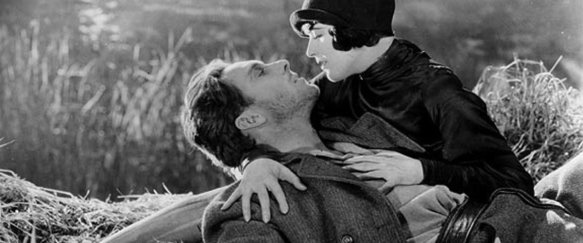
Later in the semester, we moved on to talk about the “Golden Age of Hollywood”, from the twenties to the sixties, when studio systems dominated all means of production and distribution. We were taught about the big five vertically integrated studios, Fox, MGM, Paramount, RKO, and Warner Bros, and then about the three smaller studios in the minor leagues, Universal, Columbia, and United Artists. This is another example of a time when artistic boundaries were constantly being pushed and cinematic culture on a global scale was forced to evolve.
Subsequent to the golden age of Hollywood, was the aptly named “Post-studio era” which falls into place during the sixties and effectively morphed Hollywood into the monster it is today. The fresh atmosphere of film-making had enough magnitude to be dubbed “The American New Wave” and ostensibly provided the world of cinema with a transformation it had not seen since the decade of its birth. At this point in recent American history, we had seen Vietnam, two world wars, and a lifetime of progress for the civil rights movement. I don’t doubt for a second that one of the best ways to voice our angst as well as praise was through a medium like theater.
Before we know it, the seventies film culture of midnight movies and exploitation films have the entire nation in their pockets. Movies like Jaws, Rocky Horror Picture Show, and Superman gave audiences everywhere exactly what they craved, escapism.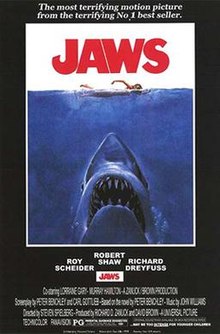
Cult films grabbed people’s attention with taboo subject matter and characters that challenged societal norm, spectacle driven films packed movie theaters night after night with action you couldn’t get anywhere else, and best of all, foreign markets were in full swing for all the scholarly film-addicts not satisfied with their own countries output.
Overall, I can say that after taking this class, my perception of movies has forever been changed. I have learned to appreciate every shot I see for the time that went into it, the themes that were made present, and the vision sought out by the director.

